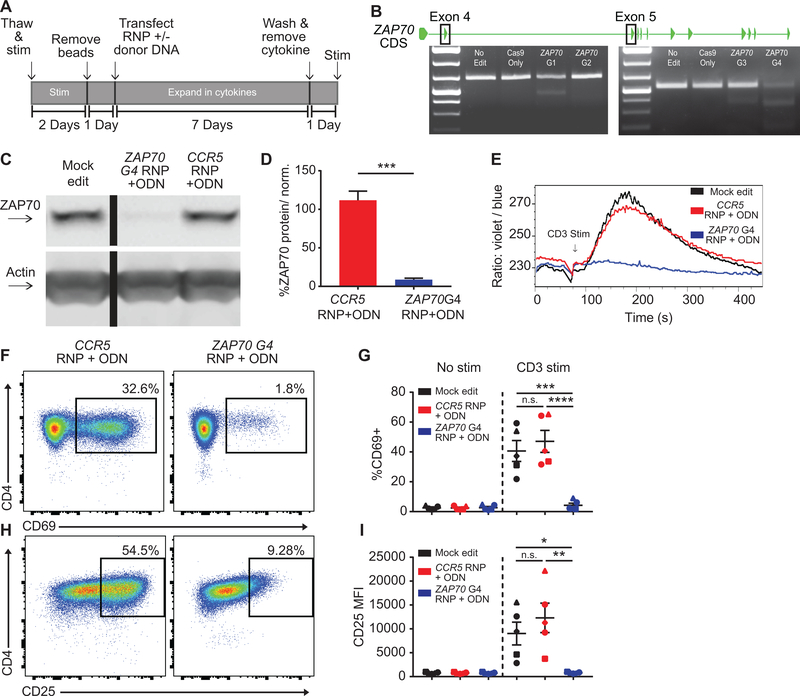Figure 1. ZAP70 disruption in primary human CD4+ T cells abrogates TCR-mediated activation.
(A) Editing protocol used to generate and assay ZAP70 edited CD4+ T cells and control T cell populations. (B) ZAP70 coding exons and representative T7 assays showing RNP cleavage. ZAP70 G1 & G2 target exon 4 and ZAP70 G3 & G4 target exon 5. (C) Representative western blot of ZAP70 expression in mock, ZAP70, and CCR5 edited CD4+ T cells from originating from the same human donor. Cells were expanded 7 days post-editing and rested 24 hours in cytokine free media, as in (A), prior to lysis. Lanes were run on the same gel but were noncontiguous. (D) Quantified ZAP70 protein expression relative to actin and normalized to mock edited values from the same T cell donor (bars represent mean +/− SEM, n=5 human samples (4 independent donors plus 1 repeat donor, repeat donors were run in separate experiments), paired t test). (E) Representative TCR-induced calcium flux of human CD4+ T cells generated as in (A). Cells were stained with indo-1 AM, monitored for baseline then stimulated with anti-CD3 (arrow). (F-I) Human CD4+ T cells edited as in (A) and stimmed with plate bound anti-CD3 for 24 hours. Representative flow plots of CD69 (F) and CD25 (H) in ZAP70 and CCR5 edited cells from the same donor. (G&I) Summary flow data for CD69 and CD25 expression +/− 24-hour anti-CD3 stimulation (n=5, analysis of stimmed cells only: matched one-way ANOVA with Tukey’s correction). Summary graphs lines and error bars represent mean +/− SEM and shapes correspond to individual donors. RNP- ribonucleoprotein, ODN or ssODN - single stranded oligo-deoxynucleotide. All data are from 2 independent experiments. * p<0.05, ** p<0.01, *** p<0.001, **** p<0.0001.

